This week we’re revisiting some of the most popular summer stories from the archives. Here’s one:
Lately we’ve been admiring DIY kitchen makeovers involving little more than paint applied to dreary wooden cabinets (see Remodeling 101: 6 Kitchen Cabinets Transformed with Paint for evidence). How to best tackle such a project on your own?
For advice, I turned to Albert Ridge of Ridge Painting in NYC. Albert, who grew up in County Galway, Ireland, and his crew are known in my northern neck of the city as the most meticulous, top-of-the-line house painters around. Having watched them work miracles on my own battered midcentury kitchen, I asked Albert to give us his top tips.
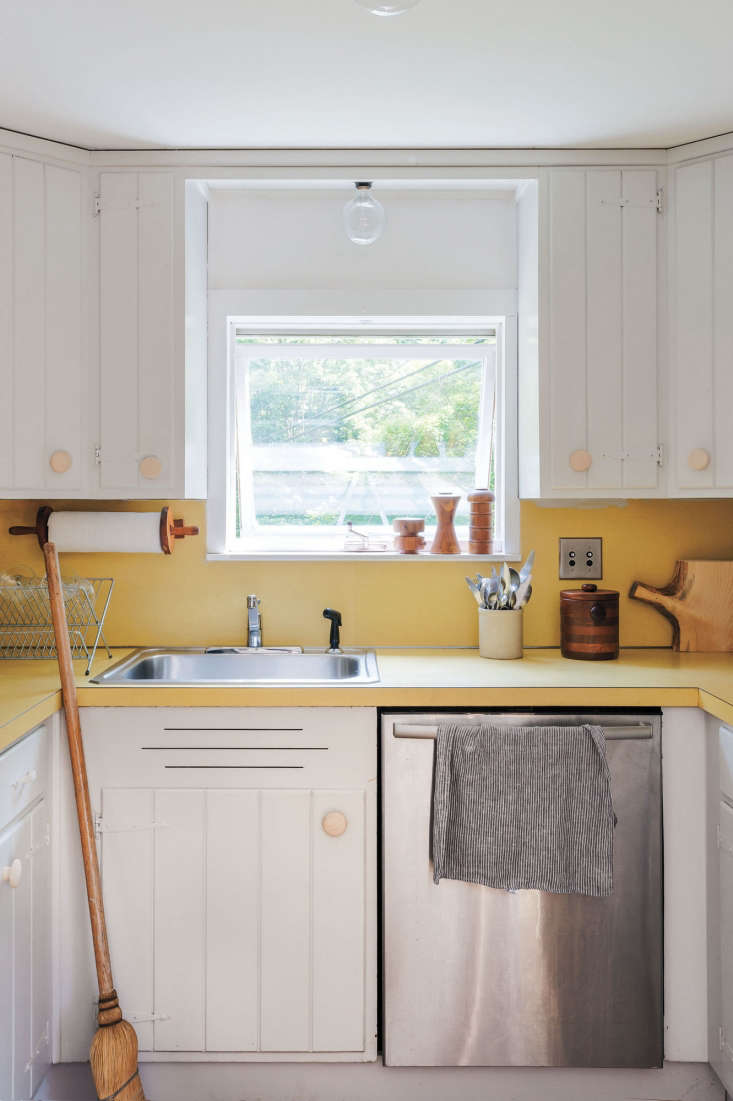
1. Wood is the best cabinet surface to paint.
Unfinished, painted, and stained wood all work well, as does MDF, compressed/faux wood. In truth, any material that you can scuff up with sandpaper so that paint adheres is viable. That’s why laminates aren’t a good choice–you can paint them, but it won’t be long-lasting. Note that stained wood and glossy finishes have to first be de-glossed; I use a liquid sander, Wil-Bond, that’s applied with a rag.


2. The prepping is as important as the painting.
Begin by emptying the cabinets completely and then clean thoroughly, making sure all grease and dirt are gone. Remove knobs and handles and check hinges. Remove drawers and label so you know where each belongs. (Cabinets, too, can be entirely removed and spray-painted in a commercial setup, but that’s a bigger job and hard to pull off on your own.)
Carefully tape off paint-free parts, such as hinges, countertops, and appliances. Use a wood filler to repair holes and imperfections—I like Elmer’s fillers. Finally, sand cabinets: A rotary sander works well on flat areas. Hand sand the hard parts and don’t overlook the cabinet door edges. If your cabinets are stained, use a 220 sandpaper. If they’re painted and there’s a rough stipple that looks like orange peel, use a 120-grade sandpaper before going to a finer one. And if there’s so much paint that the surface looks like crocodile skin, consider stripping—Rock Miracle is really good.

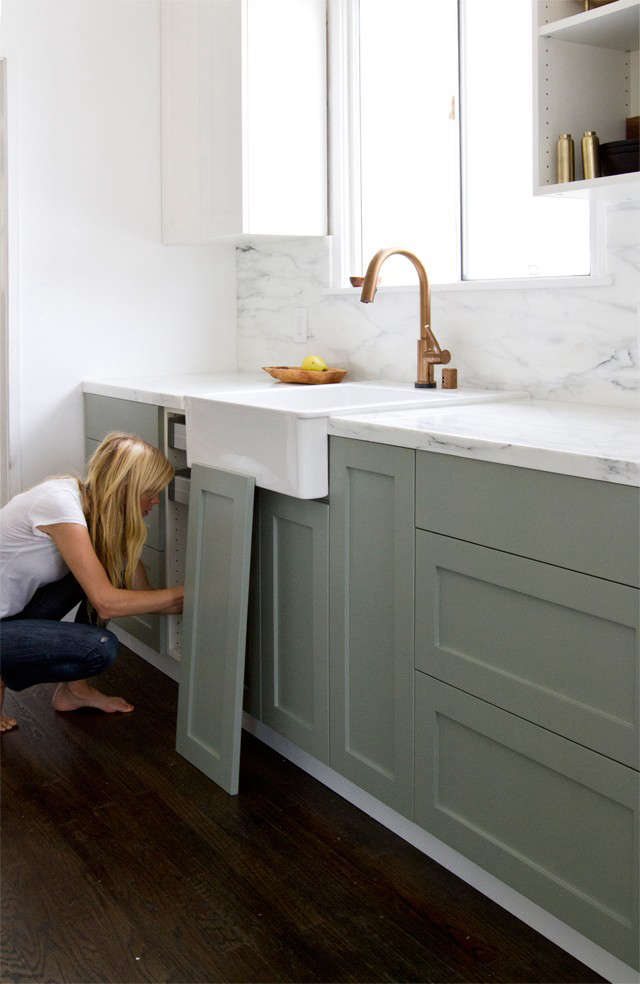
3. Primer is, well, prime.
After you’ve thoroughly prepped, priming is crucial. All-in-one primer and paint products are to be avoided; they don’t do either job well. In truth, oil primer and paint adhere the best and give the longest-lasting results on cabinets, but because of VOCs, oil is outlawed in many states, including New York. (Read our post All You Need to Know About VOCs in Paint.) A good alternative is water-soluble waterborne paint, such as Benjamin Moore’s Advance, which is something like a latex-oil combo. But note that it dries quickly, so it’s wise to add an extender that allows you the time to get a nice finish without brush marks. And if you’re painting something plasticky or otherwise hard to paint, Stix is a good primer to know about.
Going from a dark cabinet to light? Consider tinting the primer to match the final color. If your color transition is extreme, you might instead add a coat of underbody, such as Fresh Start, a thicker, less transparent primer that hides more (and can also be tinted). You can have the tinting done in the paint store; I request 75 percent of the final color, so it’s lighter but close. (For more on the topic, read Back from Black, Meredith’s repainting chronicle.)
Also note: After your base coat dries, it’s important to sand the cabinets all over again—just not as aggressively as the first time.

4. Spring for quality paint.
Don’t be penny wise and pound foolish. You’ll get better coverage and results using quality paint. I like Fine Paints of Europe for oils and primers, and Farrow & Ball, Benjamin Moore, and Pratt & Lambert make good waterborne paints and latexes. (The one I use most often is Benjamin Moore Advance.) Two coats of paint are essential for cabinets—you’re building a surface. By the way, to get the nicest finish, use a brush, a 2- to 2 1/2-inch fine bristle brush.
Whatever paint you use, ventilate the room—direct a fan out the window—and wear the masks they sell in paint stores. And keep things clean: A painting project should not look like a war zone.
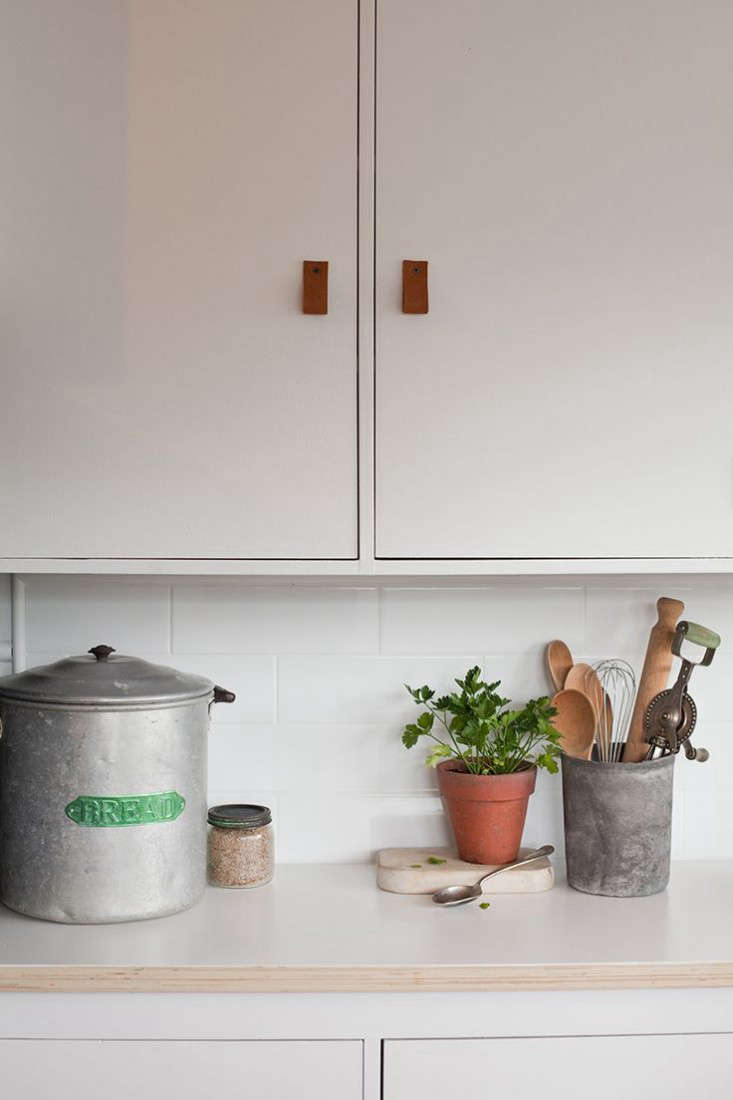
5. Semigloss, gloss, or satin—the harder the finish the better.
Matte paint on kitchen cabinets is impractical; I wouldn’t even use eggshell finish. You want a surface that’s durable and wipeable, so you won’t be painting again for at least a few years.
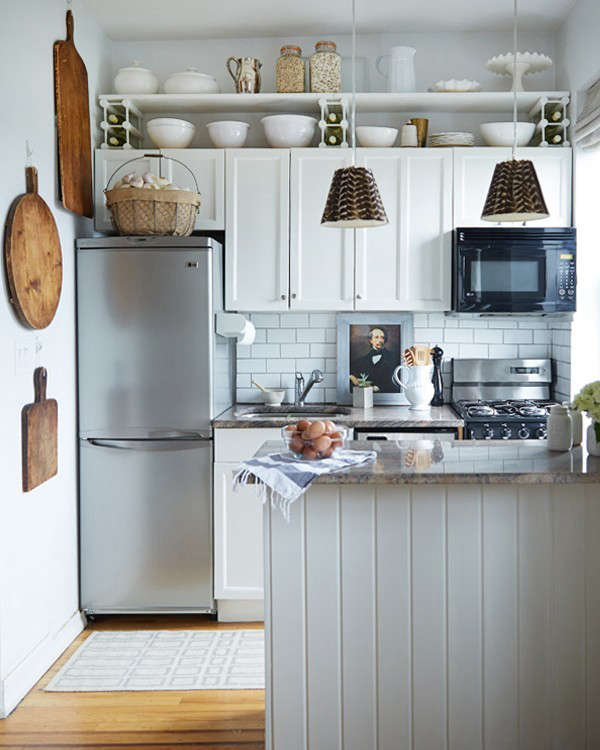
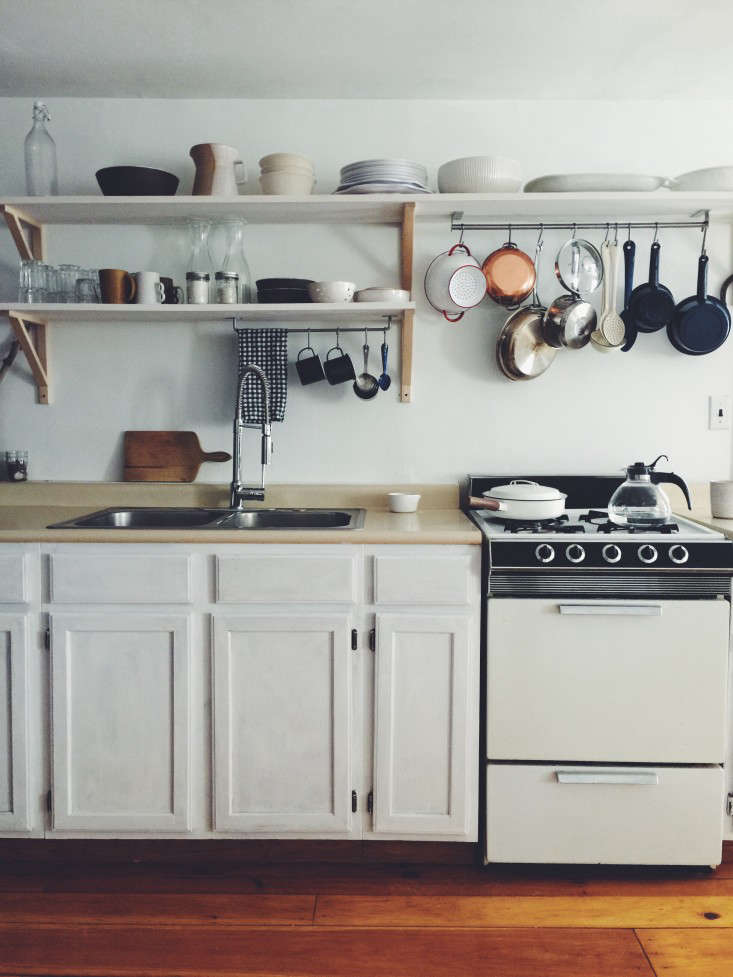
Go to Palette & Paints to find more Remodelista favorites. And for more paint advice, see:
- How to Choose the Perfect Shade of White for Your Room
- Remodeling 101: 12 Essential Tips for the Perfect Paint Job
- Expert Advice: How to Choose Paint Like a Pro
N.B.: This post is an update; the original story ran on September 25, 2015. The featured photograph is by Simon Brown, courtesy of Lonika Chande Interior Design, from A London Designer’s Apartment Remodel for a Demanding Client (Her Mother).
Frequently asked questions
Can I paint my kitchen cabinets without sanding them?
While it is possible to paint kitchen cabinets without sanding them, sanding is highly recommended to ensure proper adhesion of the paint. It helps to remove any existing finish, smooth out the surface, and create a better bonding surface for the paint.
What type of paint should I use for painting kitchen cabinets?
It is best to use a high-quality, water-based acrylic paint specifically designed for kitchen cabinets. These paints have better durability, are easy to clean, and provide a smooth finish. Oil-based paints can also be used, but they tend to take longer to dry and have a stronger odor.
Do I need to prime my cabinets before painting?
Yes, priming your cabinets is crucial for achieving a professional and long-lasting result. A high-quality primer creates a solid foundation for the paint and helps with adhesion. It also helps to block stains and prevents old finish from bleeding through the paint.
Should I remove the cabinet doors before painting?
While it is not necessary to remove the cabinet doors, it is highly recommended. Removing the doors allows for easier access to all surfaces, eliminates the risk of painting them shut, and ensures a more even and professional-looking finish. It also helps to paint the doors horizontally to avoid drips.
How should I prepare the cabinets before painting?
To prepare the cabinets, start by removing all hardware (handles, knobs, etc.) and clean the surfaces thoroughly. Then, lightly sand the cabinets to remove any gloss and roughen the surface. After sanding, wipe off the dust with a damp cloth or tack cloth. Finally, apply a coat of primer before painting.
How many coats of paint should I apply?
Generally, it is recommended to apply two to three coats of paint for a solid and even finish. However, the number of coats may vary depending on the type and color of paint used, as well as the desired level of coverage. Allow each coat to dry completely before applying the next one.
How can I ensure a smooth and flawless finish?
To achieve a smooth finish, use a high-quality brush or a foam roller for the large, flat areas of the cabinets. Make sure to apply thin and even coats of paint, avoiding excessive brush strokes or roller marks. Sand lightly between each coat to remove any imperfections and ensure better adhesion.
How long does it take for the painted cabinets to fully cure?
Painted cabinets usually take at least a couple of weeks to fully cure and harden. During this time, it is best to handle them with care and avoid any harsh cleaning or heavy use. Be patient and allow the paint to fully cure before putting the cabinets back into full use.
How can I maintain and clean the painted cabinets?
To maintain the painted cabinets, avoid using harsh abrasives or cleaners that can damage the finish. Instead, use a mild soap and water solution to gently clean the surfaces. Regularly wipe off any spills or splatters to prevent staining. Applying a clear topcoat can also provide added protection.
Can I repaint my cabinets in the future if I change my mind?
Yes, you can repaint your cabinets in the future if you decide to change the color or refresh the look. Properly clean the surfaces, lightly sand them to create better adhesion, and apply a new coat of primer before painting with the desired color. Following the same painting steps will help you achieve a professional result.

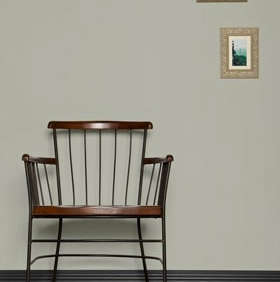
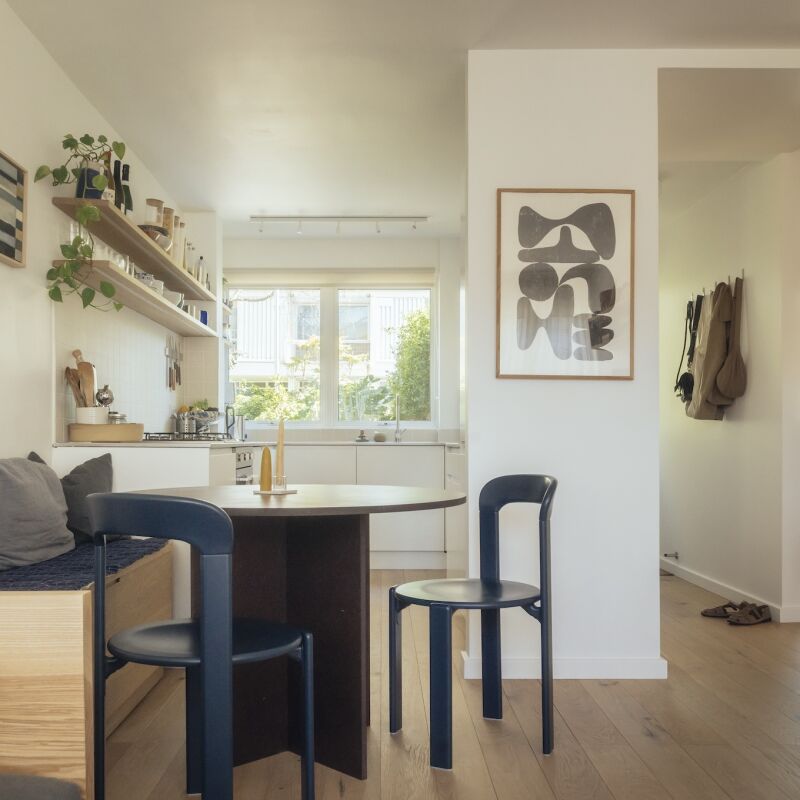
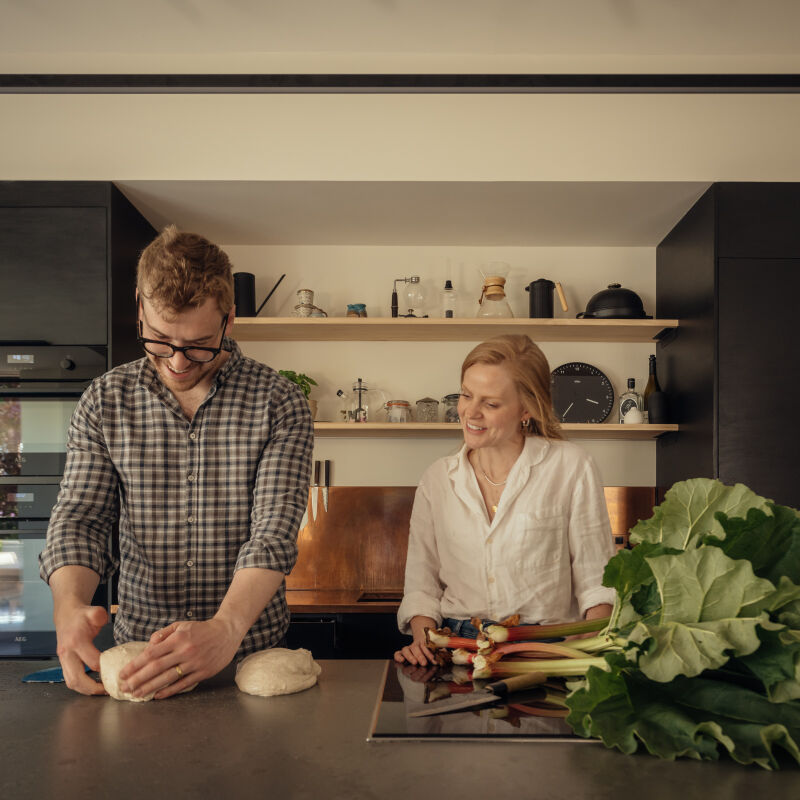


Have a Question or Comment About This Post?
Join the conversation